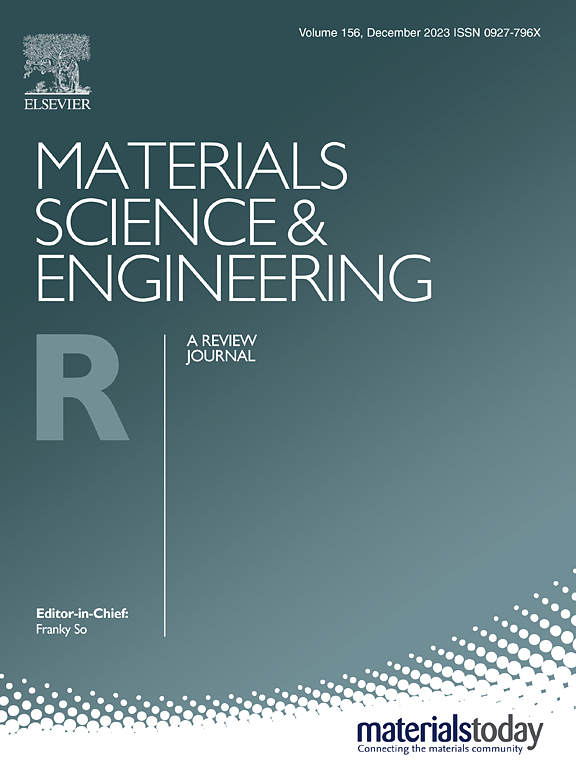基于羟基黑磷晶体的高对称性安培极晶体管用于红外传感器内加密
IF 31.6
1区 材料科学
Q1 MATERIALS SCIENCE, MULTIDISCIPLINARY
引用次数: 0
摘要
随着对红外传感数据安全性的需求日益增长,利用传感器内加密技术同时降低延迟、功耗和硬件资源利用率来增强传感数据的安全性至关重要。然而,传感器固有的计算局限性阻碍了其执行复杂加密算法的能力。在本文中,我们提出了用于伏极晶体管的羟基黑磷(BP)晶体,可实现红外传感器内加密。本文提出了一种利用简单的氧等离子处理技术制造羟基黑磷(BP)晶体的创新方法。BP 表面的羟基键使费米级向传导带移动,并产生自由电子,从而实现了双极传输。羟基 BP 晶体管具有对称的双极特性,空穴迁移率为 131.4 cm2 V-1 s-1,电子迁移率为 89.8 cm2 V-1 s-1。重要的是,在红外感应过程中,可以在单个晶体管内实现非线性 XOR 逻辑门,从而有效简化了感应器内加密设计的复杂性。在此基础上,我们利用羟基 BP 晶体管阵列演示了红外传感内加密,它可以捕捉图像并实现高保真红外传感内加密。我们的研究结果凸显了羟基 BP 在开发红外传感内加密技术方面的潜力。本文章由计算机程序翻译,如有差异,请以英文原文为准。
Hydroxyl black phosphorus crystal based highly symmetric ambipolar transistors for infrared in-sensor encryption
With the increasing demand for infrared sensing data security, it is crucial to enhance the security of sensing data by utilizing in-sensor encryption techniques while simultaneously reducing latency, power consumption, and hardware resource utilization. However, the inherent computational limitations of sensors impede their capacity to execute sophisticated encryption algorithms. In this paper, we propose hydroxyl black phosphorus (BP) crystal for ambipolar transistors that enable infrared in-sensor encryption. An innovative approach utilizes a simple oxygen plasma treatment technique to fabricate hydroxyl BP crystal is proposed. Hydroxyl bonded on the surface of BP shifts the Fermi level towards the conduction band and generates free electrons, results ambipolar transport. The hydroxyl BP transistors exhibit symmetrical bipolar characteristics with hole mobility of 131.4 cm2 V−1 s−1 and electron mobility of 89.8 cm2 V−1 s−1. Importantly, a non-linear XOR logic gate can be implemented within a single transistor during the infrared sensing process, effectively simplifying the complexity of in-sensor encryption design. Expounding upon this, we demonstrate an infrared in-sensor encryption using an array of hydroxyl BP transistors, which can capture images and achieving high-fidelity infrared in-sensor encryption. Our findings highlight the potential of hydroxyl BP in the development of infrared in-sensor encryption techniques.
求助全文
通过发布文献求助,成功后即可免费获取论文全文。
去求助
来源期刊

Materials Science and Engineering: R: Reports
工程技术-材料科学:综合
CiteScore
60.50
自引率
0.30%
发文量
19
审稿时长
34 days
期刊介绍:
Materials Science & Engineering R: Reports is a journal that covers a wide range of topics in the field of materials science and engineering. It publishes both experimental and theoretical research papers, providing background information and critical assessments on various topics. The journal aims to publish high-quality and novel research papers and reviews.
The subject areas covered by the journal include Materials Science (General), Electronic Materials, Optical Materials, and Magnetic Materials. In addition to regular issues, the journal also publishes special issues on key themes in the field of materials science, including Energy Materials, Materials for Health, Materials Discovery, Innovation for High Value Manufacturing, and Sustainable Materials development.
 求助内容:
求助内容: 应助结果提醒方式:
应助结果提醒方式:


